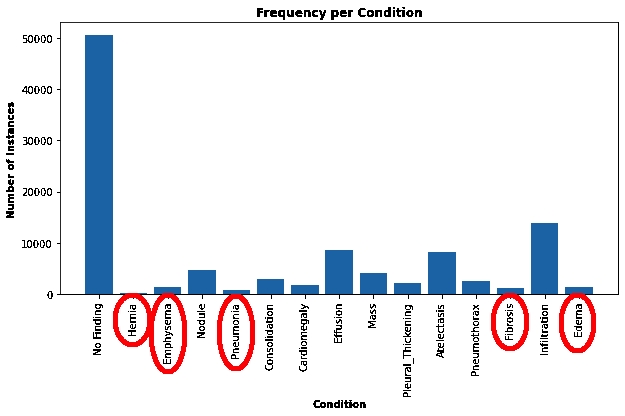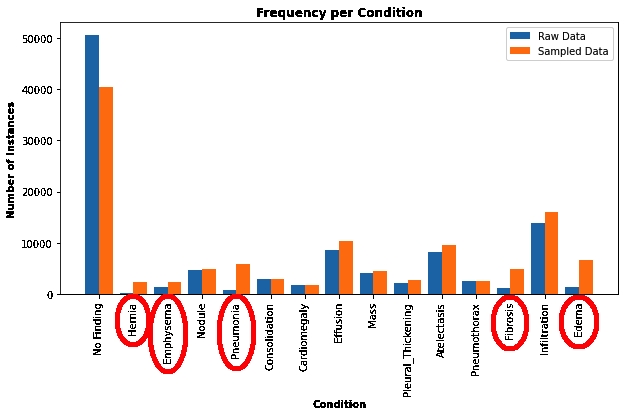Sampling Datasets
Implementation of samplers in TQL
How to sample datasets using Deep Lake's query engine
Sampling is often used when training models in order to modify the distribution of data that models are trained on. A common objective of samplers is to rebalance the data in order to achieve an more uniform distribution of classes in the training loop. Deep Lake provides a powerful API for several sampling methods via the query engine.
Sampler queries in Deep Lake are only accessible to registered and authenticated users, and it applies usage restrictions based on your Deep Lake Plan.
The general syntax for sampling is using the sample by keywords:
select * sample by weight_choice(expression_1: weight_1, expression_2: weight_2, ...)
replace True limit Nweight_choiceresolves the weight that is used when multiple expressions evaluate toTruefor a given sample. Options aremax_weight, sum_weight. For example, ifweight_choiceismax_weight, then the maximum weight will be chosen for that sample.replacedetermines whether samples should be drawn with replacement. It defaults toTrue.limitspecifies the number of samples that should be returned. If unspecified, the sampler will return the number of samples corresponding to the length of the dataset
Sampling can be performed in the query interface in the Deep Lake UI, or in the Python API as shown below.
Example Usage
Suppose we're working with a medical imaging dataset such as the NIH Chest X-Ray. Let's use samplers to create a more balanced view of the dataset that we can use for training a model. First, let's load the dataset:
import deeplake
import numpy as np
from matplotlib import pyplot as plt
ds = deeplake.load('hub://activeloop/nih-chest-xray-train')Next, let's calculate the a histogram of the medical findings (findings tensor) and plot it.

We observe that findings such as Hernia, Pneumonia, Fibrosis, Edema , and Emphysema are very rare, which may cause our model to underperform when predicting these conditions. Note that even though many images have No_Finding, this is desirable for avoiding false positives when training models for medical imaging applications.
We can use Deep Lake Tensor-Query-Language to upsample the under-represented findings in order to create a more balanced dataset.
We can run this query in the UI or in the Python API using ds.query(...):
In this sampler query, we're upsampling Hernia, by 20x, Pneumonia by 8x, Fibrosis by 5x, Edema by 5x, and Emphysema by 2x. Let's recalculate the histogram for the balanced dataset and compare it to the raw data histogram.

The data in the upsampled dataset has much better representation of the rare conditions. Note that since a given image may have multiple conditions, and since conditions can be correlated, upsampling by one condition may implicitly upsample another condition, if they tend to occur in the same image.
Training Models on Sampled Views
The sampled dataset view can be passed to a dataloader just like an ordinary Deep Lake dataset. Examples of dataset training can be found in our training tutorials.
Was this helpful?